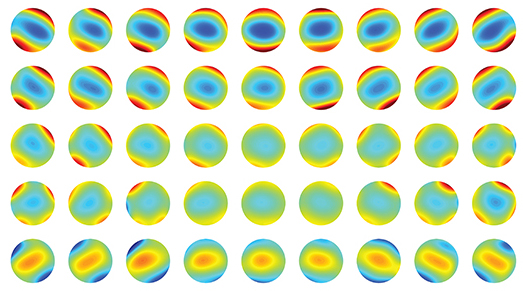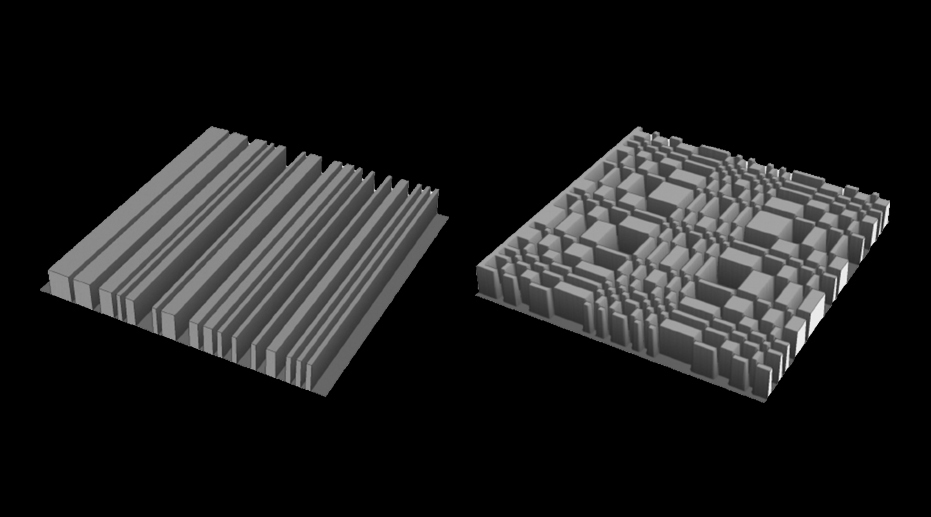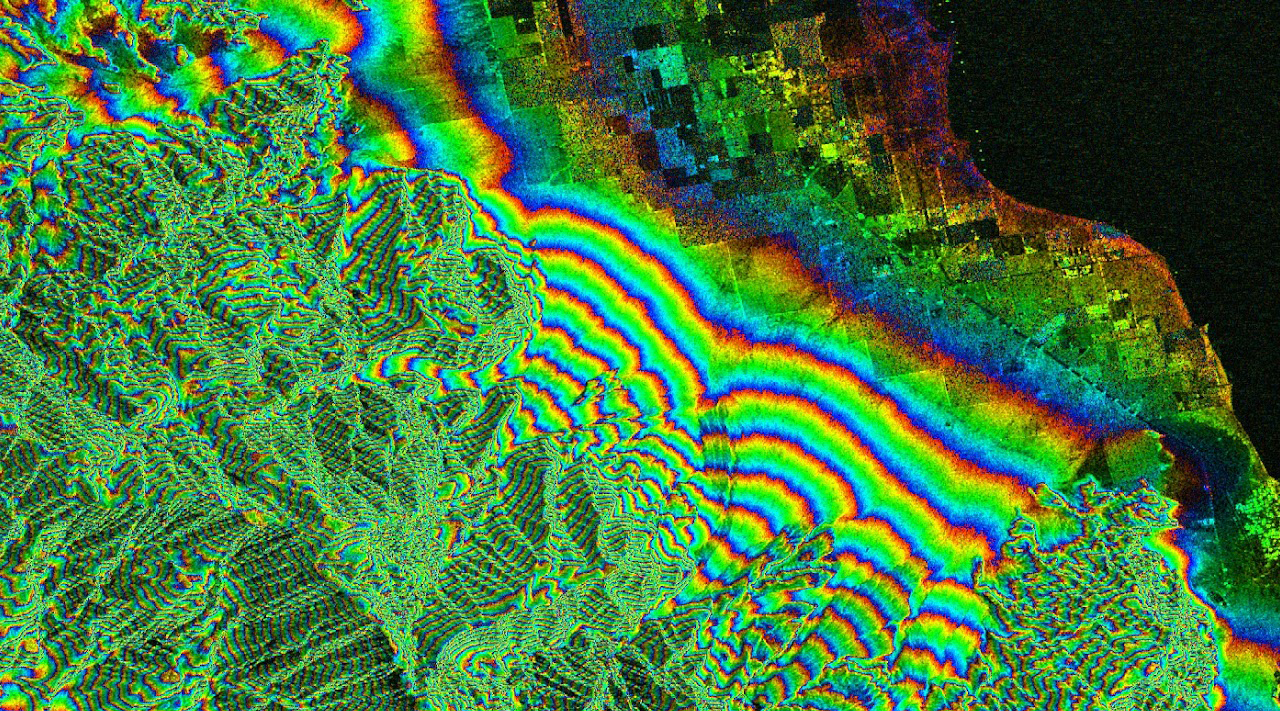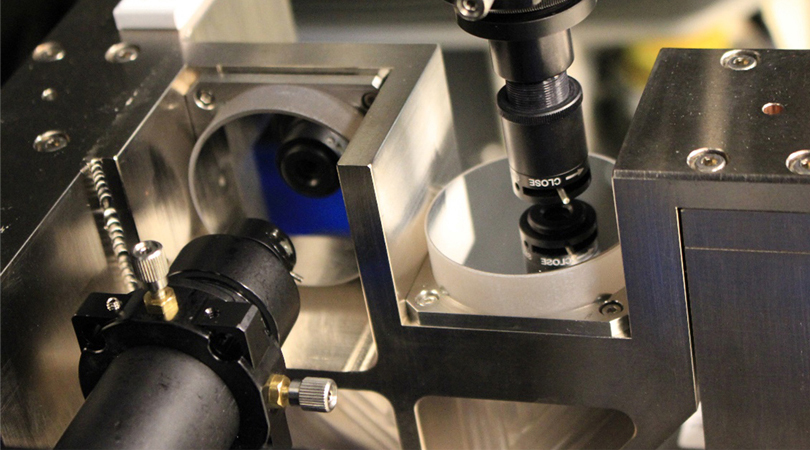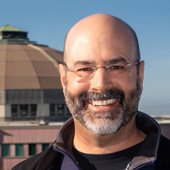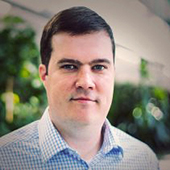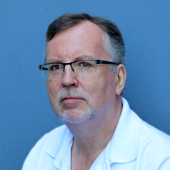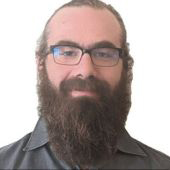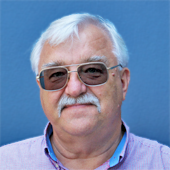We develop beamlines and optical systems for x-ray science that operate near the limits of what is possible. The surface shapes of mirrors and lenses that we use are designed and fabricated to fractions of a nanometer. Harnessing the full power available at third- and fourth-generation lightsources requires the engineering of every element. World-class optical quality with precise optical shapes is just the starting point: to excel, our systems must be engineered to withstand high power density and to operate safely, with high stability in a complex environment. Systems must be robust for continuous, daily operation and long-term use.
Mirrors and Engineering. The ALS Optics & Optical Systems Program focuses on several essential aspects. Creating x-ray optical systems is a team effort with many people playing multiple roles. At the heart of every x-ray beamline are ultra-smooth, shaped mirrors that harness and focus light into experimental systems. We study and develop technologies for x-ray mirrors, including their design, performance modeling, coating, alignment, and engineering for stability and thermal management. This combination of optical design and x-ray optomechanics provides the basis for the design of specialized instruments and entire beamlines.
Gratings: Soft x-ray beamlines use diffraction gratings to separate and select a narrow range of photon energies for each experiment. As beamline specifications have become increasingly stringent, we have focused our attention on creating full-sized gratings of exceptional, diffraction-limited quality. Furthermore, new approaches to reduce blaze angles are now enabling gratings made at Berkeley Lab to reach near-theoretical efficiencies at tender x-ray energies. We have several areas of research and strong partnerships in this field.
Metrology: The mirrors we need are produced at the absolute limit of modern fabrication technologies. Yet they must be held, aligned, cooled, and preserved in an optimal state for years of use. Within PSD, the Optical Metrology program runs a state-of-the-art X-Ray Optics Laboratory (XROL) that provides an environmentally controlled cleanroom and an array of custom tools for the offline measurement, testing, and setting of extremely sensitive optics.
Cryogenic Mirror Cooling: Recently, cryogenically cooled silicon mirrors have emerged as an important research topic for the highest-power applications. While cryogenic cooling has been used for many years in specific applications, like crystal monochromators, cooling the leading beamline mirrors to subfreezing temperatures is the most promising approach to maintaining diffraction-limited quality under strong and varying power loads from the x-ray beam.
Zone plates and nanodiffractive optics: Tiny holographic x-ray lenses can produce the sharpest focal spots and also engineer wavefronts to produce arbitrary states like orbital angular momentum (OAM) beams. We produce these nearly perfect tiny lenses in collaboration with the Center for X-Ray Optics (CXRO), and we are developing approaches to extend their reach in new directions.
In all of these areas, we rely on close collaboration with other Department of Energy light sources and with partners in industry to develop, test, and deploy cutting-edge x-ray optical systems now and into the future.

